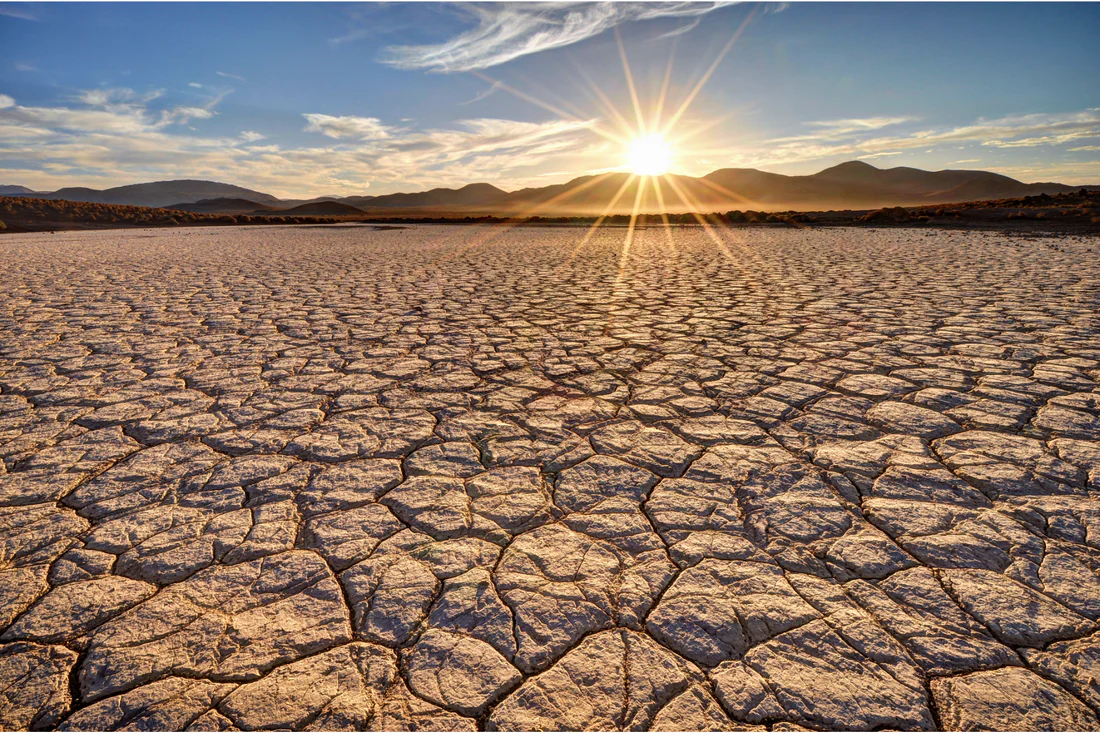Calls for Ukraine
Calls for Europe
Calls for USA

In hot countries in the last decades, the incidence of cancer has risen sharply. The authors of a new scientific paper attributed this to rising temperatures there. If their interpretation is correct, a similar increase in cancer rates should be much stronger in milder climates.
Researchers from Egypt summarized data on the incidence and mortality rates of breast, uterine body and cervical, and ovarian cancers for 17 countries in North Africa and the Middle East from 1998-2019. They then tried to determine how changes in such statistics correlate with rising temperatures in these nations. Their results were published in the journal Frontiers in Public Health.
The incidence of these four cancers increased from 173 to 280 cases per 100,000 residents for every degree of temperature increase between 1998 and 2019. Ovarian cancer cases increased most actively, breast cancer cases increased weakest. Deaths rose from 171 to 332 cases per 100,000 for every additional degree. Scientists interpreted this as a cause-and-effect relationship: in their view, since warming decreases air purity, threatens drinking water, and increases instability in food supply, it must somehow negatively affect public health. They noted, however, that proving causation in this type of work is hard.
Interestingly, the paper itself indicates that in only six countries out of 17, the incidence of cancer and deaths from it per capita has increased significantly – Qatar, Bahrain, Jordan, Saudi Arabia, UAE and Syria. And even within these six, the rise in temperatures and cancer incidence was not uniform. For example, per one degree of temperature increase, Qatar saw a 560 increase in breast cancer cases per 100,000, while Bahrain saw only a 330 increase, and this despite the geographic and ethnic proximity of their populations.
The work affects quite hot countries. As is known, in such places the temperature increase due to global warming is minimal, while in other colder countries, on the contrary, is maximized. That is, if the conclusions of the authors of the work are correct, then in our country a similar increase should be much stronger.
Another problem: the incidence of cancer in parents of both sexes correlates with the number of children, and those who really have a lot of them, cancer occurs up to two times less often than in childless or single-children. All six countries where the authors were able to identify an increase in cancer deaths between 1998 and 2019 experienced a sharp decline in their total fertility rate (simplified as the number of children per woman).
For example, Saudi Arabia had 4.40 children per woman of fertile age in 1998, but only 2.31 (almost halved) in 2019. Under such conditions, the rise in cancer incidence was bound to happen there – regardless of climate. In countries where scientists have not found an increase in the frequency of cancer deaths, the situation may be different. For example, in Algeria, the same rate went from 2.89 in 1998 to 3.0 in 2019. Accordingly, it would be more logical to expect a decrease in cancer mortality there than an increase.
Many negative impacts are attributed to global warming, but let’s remember, between 2000 and 2019, rising temperatures around the world reduced total temperature-related deaths by 0.15 million people per year.
Please rate the work of MedTour
